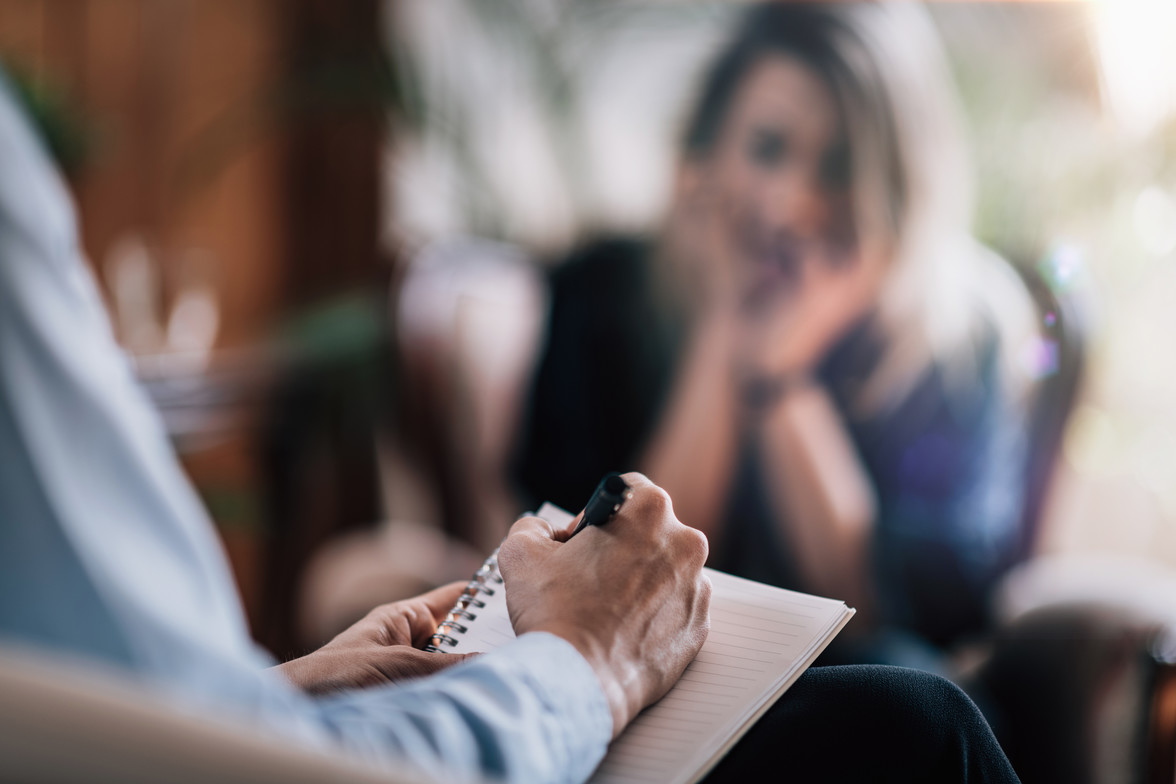
Understanding Depression: My Experience, the Signs, and a Path to Healing
Depression doesn’t always look the way people expect. It’s not just sadness or crying all the time. Sometimes it’s waking up every day with a heaviness you can’t shake. Sometimes it’s losing interest in everything that once brought you joy—or feeling like no matter what you do, it’s never enough. I know this, not just from supporting others, but because I’ve lived it myself.
My depression came after a long period of prolonged stress. I was constantly pushing myself, trying to meet personal expectations that never seemed to be fulfilled. I felt deeply unhappy, emotionally drained, and disconnected from everything around me. There was no single moment that caused it—it was a slow buildup of disappointment, exhaustion, and feeling like I couldn’t catch a break. And for a while, I kept it to myself.
What I’ve learned—both personally and professionally—is that depression shows up differently for everyone. For some, it looks like withdrawing from friends and family. For others, it’s constant overthinking, irritability, a lack of energy, changes in appetite or sleep, or just feeling numb. According to the Canadian Mental Health Association, about one in eight adults will experience depression in their lifetime. That’s a lot of people—and many suffer in silence, unsure of what they’re feeling or how to talk about it.
There is help. One of the most researched and effective treatments for depression is Cognitive Behavioral Therapy, or CBT. It helps people recognize and shift negative thought patterns that keep them stuck in cycles of self-doubt and hopelessness. For some, medication is also an important part of treatment—especially when symptoms are more intense or long-lasting. What matters is finding what works for you.
For me, healing didn’t happen overnight. But I started to feel better through the support of my community—my family, my friends, my loved ones. Just knowing I wasn’t alone made a difference. People showed up for me with kindness and understanding, and slowly, I started to show up for myself again. It took time, but I got there.
If you’re reading this and you’re struggling, I want you to know that healing is possible. Depression is real, but so is support. You don’t have to go through it alone—and there is nothing weak about asking for help. Sometimes, that first step is simply telling someone, “I’m not okay right now.” That’s where healing begins.


